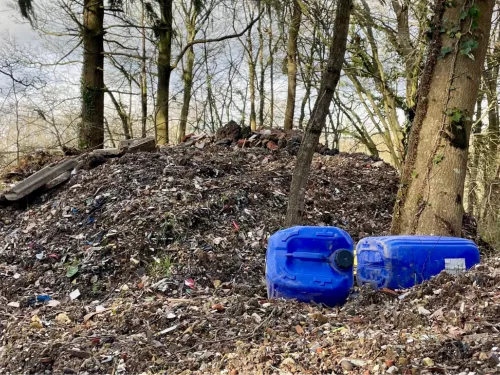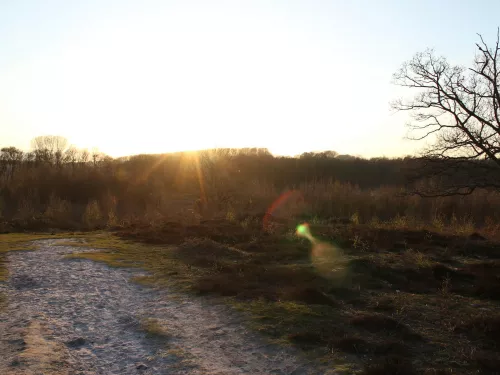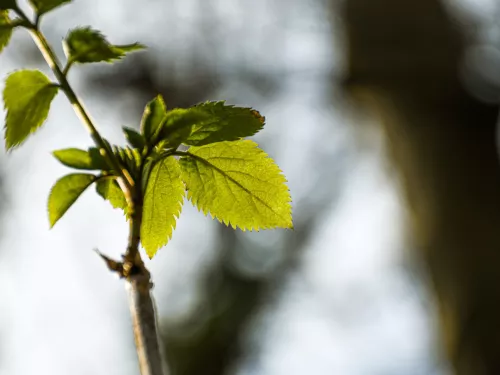By leaving low grade agricultural land to wildlife and rewetting land that has been drained, farmers are able to give back more than just food to the nation.
By reducing the use of pesticides, herbicides and fungicides, they’re providing food for the organisms in the soil and for birds that feed on arable seeds such as turtle doves or insect eaters such as flycatchers and cuckoos.
Resilience for farmers
Landscape resilience is not just a plus for nature. It helps farmers and landowners too. With rising costs of fertilisers, herbicides and pesticides, reduced usage saves money. That’s the bottom line.
Intensive practices such as ploughing the topsoil take away organic matter and leave the soil open to erosion barren. What remains is soil easily compacted in winter which can starve plant roots and give them little room to grow, resulting in the perceived need for more ploughing.







